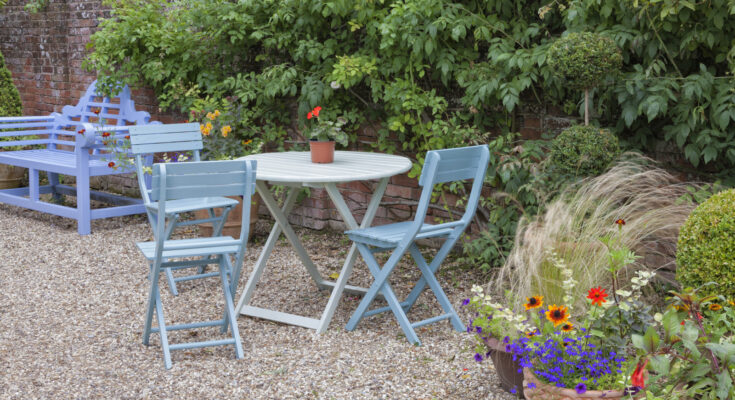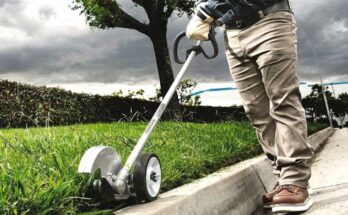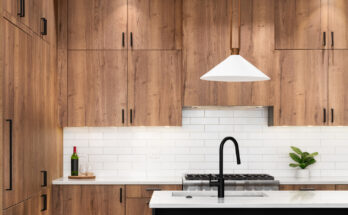Mistakes And Problems That Are Commonly Overlooked When Using Gravel For A Patio
We may receive a commission on purchases made from links.
Gravel is a great option for a patio when you’re looking for an affordable and easy-to-install landscaping option. Available in a variety of sizes, colors, and rock types, gravel’s low cost and high permeability make it an excellent choice when you need an abundant material that works well in areas that require adequate drainage. But despite all its benefits, there are some potential mistakes and problems that are commonly overlooked when using gravel for a patio. According to Diego Machado, licensed general contractor and president of Charlotte Deck Builders, the budget-friendly DIY material is rough on bare feet and furniture, and can be a high-maintenance choice, especially when you skimp on prep work before laying it.
During his exclusive interview with House Digest, Machado explained there are pros and cons to using gravel for a patio. “Gravel is considered a more DIY- and budget-friendly alternative to full concrete or paver patios,” he said. The general contractor also told us that gravel can help you achieve a more sustainable yard. “It facilitates drainage well and is easy to reshape for a more eco-conscious patio design,” Machado explained.
However, there are some serious downsides you should consider before picking this material for your patio. According to Machado, “neither bare feet nor furniture legs will find a gravel patio surface particularly friendly.” Because it’s often made of irregularly shaped rock fragments and isn’t always compacted, gravel can be sharp and pointy. It also requires a commitment to regular maintenance. “Even with landscape fabric, gravel patios can require some weed control,” Machado cautioned, adding that you’ll need to be prepared to replenish it every so often.
Don’t skip the base layer, landscaping fabric, or sturdy edging
Whether a gravel patio will boost your home’s value is mostly determined by the quality of installation. “Skipping the base layer and landscaping fabric can be a costly decision,” Diego Machado told House Digest during his exclusive interview. “Laying gravel directly onto your unprepared soil can lead to uneven surfaces and sinking, as well as unwanted weeds and insufficient drainage,” he said. Machado also told us that forgetting to incorporate edges into your design to maintain your patio shape and choosing the wrong type or size of gravel are common mistakes everyone makes when using gravel in landscaping. “Sturdy edging materials like metal, stone, or plastic keep the shape of your patio,” Machado advised. “Missing this crucial step will lead to spreading and loss of shape over time,” he added.
Large gravel vs. small gravel also matters more than you might think. Gravel comes in a wide variety of sizes. Along with crushed and pea gravel, your local stone yard probably sells gravel classified by its particle size. It may be counterintuitive, but as the number goes up, the size of each individual pebble gets smaller. According to Machado, when it comes to patio gravel, smaller is smarter and safer. “Big, rounded gravel shifts underfoot and doesn’t stay in place,” the general contractor explained. “Using the wrong gravel without the proper prep — including compacting — creates an uncomfortable, uneven surface (and the risk of a rolled ankle!).”
Start with a plan and use the right materials
In his exclusive interview with House Digest, Diego Machado offered several suggestions for successfully using gravel for a DIY patio project. “Prepare your patio area by laying a base of compacted material like crushed stone a few inches below ground level (and be sure to grade in a slight slope for water runoff),” he said. A tool like the Walensee Steel Tamper from Amazon is ideal for leveling both the ground and your crushed stone layer. Once you’re satisfied with your base layer, Machado said to cover it with landscape fabric that will block weeds but allow for drainage. Hundreds of Amazon customers have had great results with the top-rated Super Geotextile Non-Woven Fabric for Landscaping, which comes in a variety of roll designs. “Create a border with edging material like metal or plastic to maintain clean lines and contain the gravel layer,” he recommended, adding that you should “use angular gravel to ensure better compaction and a more solid surface.”
As with most DIY landscaping projects, Machado said the key to success is starting with a good plan. “Take accurate measurements, dig down for your slope and base layer, prepare your materials, and compact each layer as you lay it,” he advised. Then, make sure you use the right stuff to construct your patio. “Choose angular crushed stone or broken-down granite between about ¼” and ⅜” in size,” the general contractor suggested, adding that you should “use a stabilizer to fill in the gaps and make the surface more secure.”



